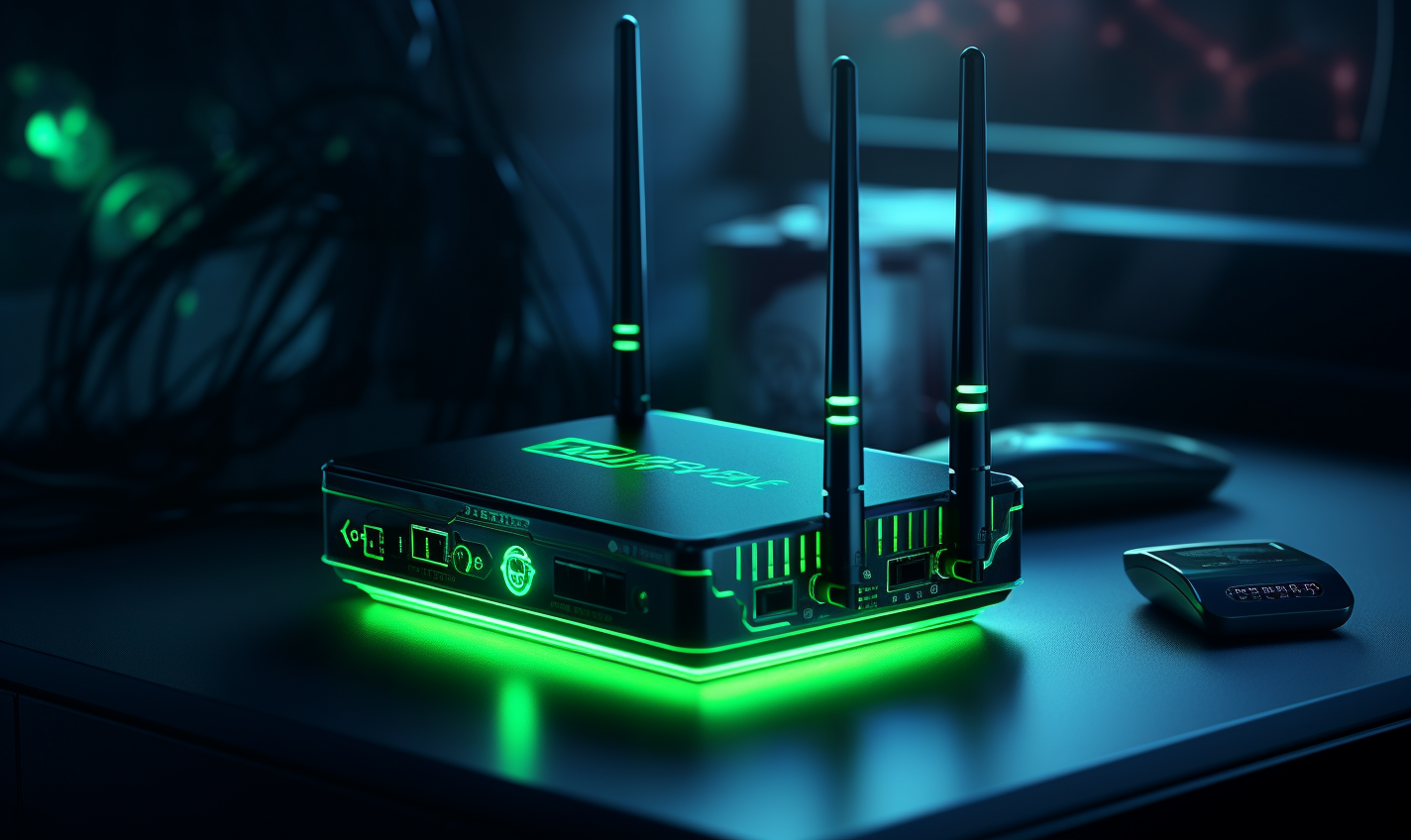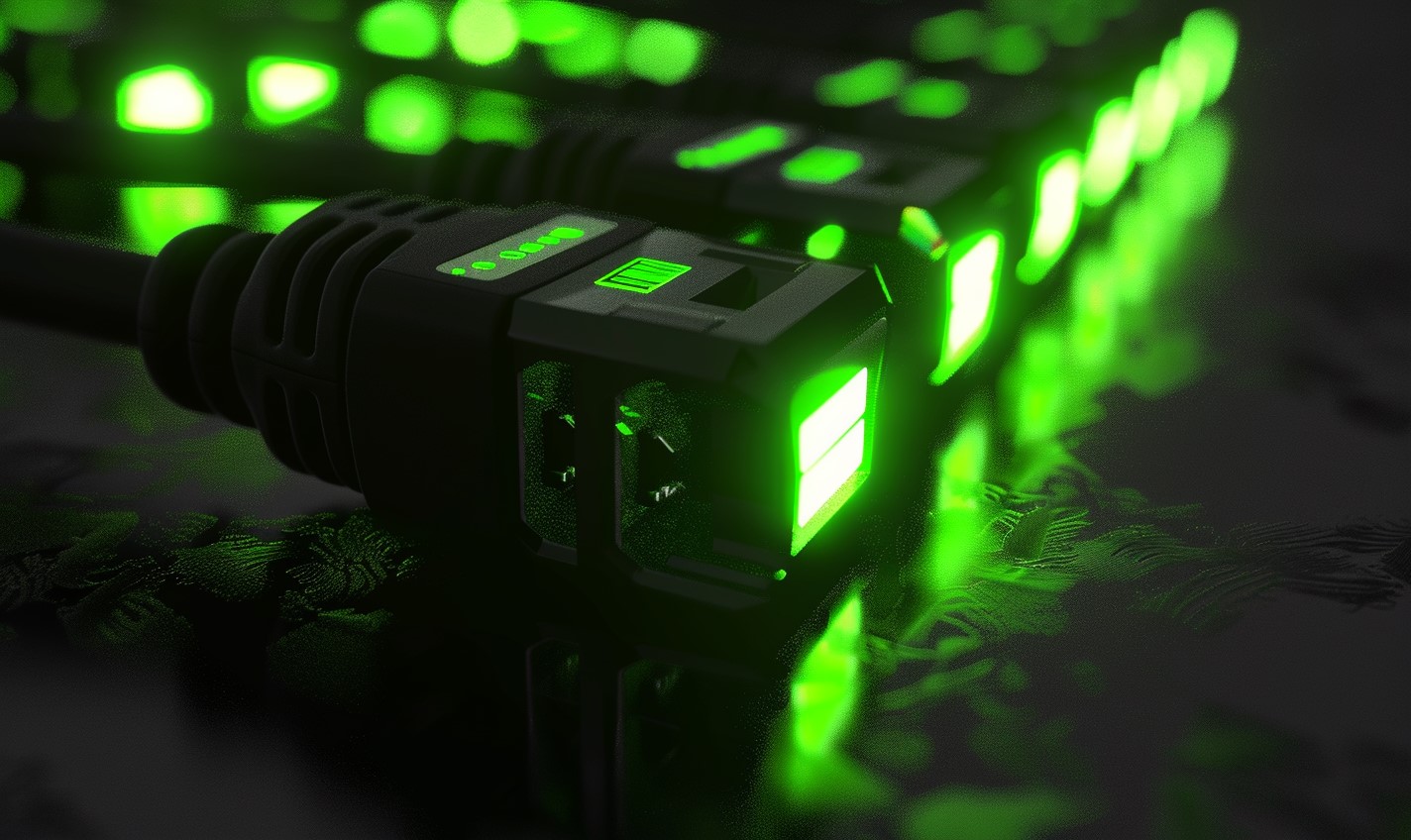Any setup that allows devices to talk with each other can be considered a network. If you’ve ever set up a router or activated a wireless access point, you already have some knowledge about how computer networks are put together. However, there are many different types of computer network, each built with a different purpose in mind.
Many of these networks will also use different technology to accomplish that purpose.
In this article, we’ll break down some common terminology used to classify different computer networks — plus, the hardware that network administrators use to make them work.
Personal Area Networks
These are the smallest and simplest networks. Personal area networks (PANs) connect devices in an individual’s workspace, like a smartphone, printer and computer. Typically, these networks will be connected by use of a single modem. The same individual who uses the network will usually also manage the network.
Devices in this kind of network will typically connect to each other via a wireless access point or network switch, which allows for wired communication.
Local Area Networks
Local area networks (or LANs) are some of the most common networks. You may have heard the term LAN before because of this popularity.
LANs connect small groups of computers and other devices in a localized area — typically, the same building or set of two to three buildings. This connection allows them to share data between each other.
Enterprises, small organizations or building managers are typically responsible for maintaining a LAN. If the LAN needs to connect to other networks, like the internet, network admins will use a router.
If a LAN uses wireless tech to connect devices, it may be a WLAN, or wireless local area network.
Wide Area Network
Wide area networks (WANs), by contrast, connect devices over a much larger area. Some of the largest WANs may connect computers and other devices that are miles apart, for example.
One example of a WAN is the internet, which connects devices across millions of miles. Other WANs are enterprise-owned, and connect many smaller networks.
Like LANs, WANs rely on basic networking hardware, like switches and routers. Unlike LANs, WANs are much more likely to take advantage of advanced networking software.
For example, a WAN may use packet switching to break down the information stream into more manageable packets of information.
Some WANs, called SD-WANs, integrate more advanced technology. These WANs will use software-based routing technology to help network administrators manage traffic across the entire network.
Enterprise Private Network
Enterprise private networks (EPNs) are a type of computer network enterprises build, own and operated when they want to connect their devices on a single network.
Like WANs, EPNs are more likely than smaller-scale networks to use advanced, traffic-directing technology.
Storage Area Network
These networks provide access to dedicated, high-speed storage. Like other networks, storage area networks (SANs) use up of switches, routers and host devices. Unlike other networks, they also include storage devices.
These storage devices are broken down into blocks, which emulate the storage provided by traditional block storage, like hard drives.
Network admins use SANs in place of traditional network storage solutions, like network-attached storage. SANs use software to facilitate network access, making data storage available to many users at the same time.
Virtual Private Network
Virtual private networks (VPNs) are types of computer network that enable private use of public networks, like the internet. By extending a private network across a public network, VPNs enable users to send and receive data as if they were using a private network, even if they’re not.
These networks prevent outside individuals from eavesdropping on data that a user is transmitting. For this reason, many companies use VPNs to allow staff to work remotely, without risk of exposing private data.
How Network Admins Classify the Types of Computer Network
While all networks use the same basic types of hardware, a LAN can be significantly different from another network, like an EPN or SAN.
The larger and more complex a network is, the more likely its administrators are to use software that helps regulate traffic across the network.
Recent Stories
Follow Us On
Get the latest tech stories and news in seconds!
Sign up for our newsletter below to receive updates about technology trends




